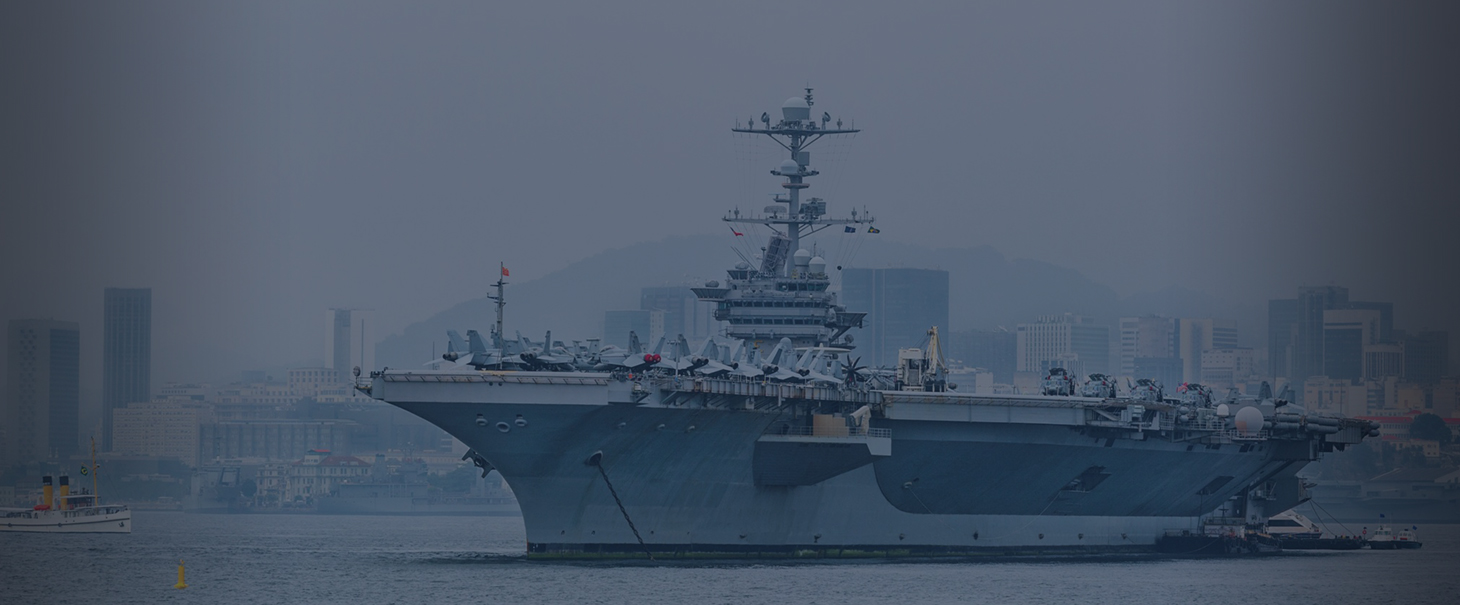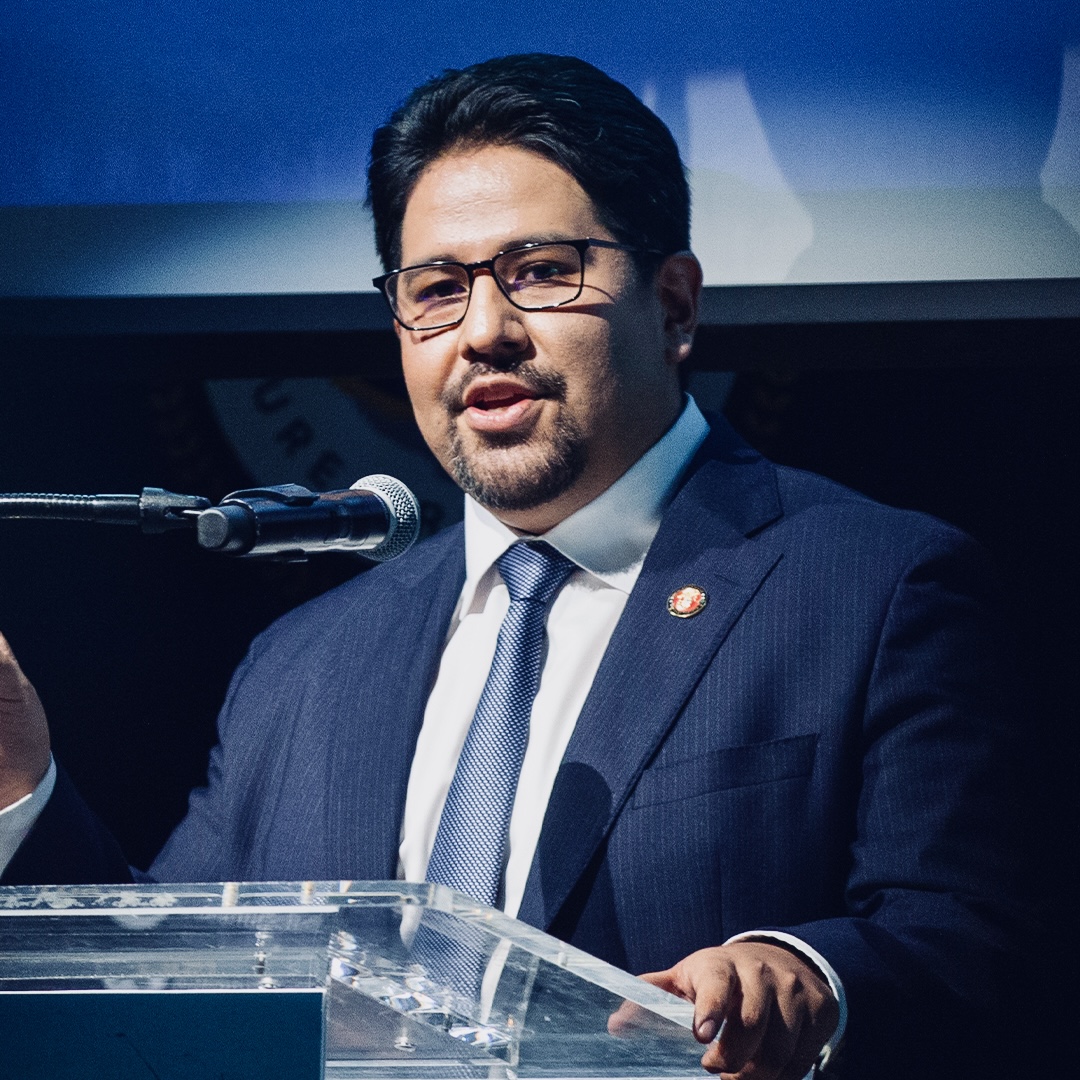EXPERT
Locations
DOWNLOAD
Joseph Humire testifies in a hearing by the House Committee on Foreign Affairs Subcommittee on the Western Hemisphere (WHEM) and Subcommittee on the Middle East and North Africa (MENA) on “Iran and Hezbollah in the Western Hemisphere” held on Wednesday, March 18, 2015.
Opening Statement
Chairman Duncan, Chairwoman Ros-Lehtinen, Ranking Members Sires and Deutch, distinguished members of both subcommittees. Good morning, and it’s a privilege to appear before you today.
The death of Dr. Alberto Nisman on January 18th, shocked us all. I remember receiving the news on a late Sunday afternoon in quit disbelief. Hoping this was just another internet rumor. Unfortunately, several hours later, his death was confirmed. Aside from the shock—at the time—my initial reaction was that Iran was involved. Of course, this is not proven—and most likely we’ll never know all the circumstances surrounding his mysterious death. But as time goes by, and more evidence is revealed—we DO know more about the extent to which Iran has infiltrated Argentina.
Just last week, the highly respected Brazilian weekly Veja reported that Argentine President Cristina Fernández de Kirchner received Iranian financial support for her presidential campaign all the way back in 2007. This means that the highly controversial MOU between Argentina and Iran, signed in 2013, was a campaign promise made by the Argentine president six years earlier. Moreover, through the wiretaps related to Dr. Nisman’s most recent investigation—we are realizing that the “mastermind” of the AMIA attack, Iranian intelligence operative—Mohsen Rabbani—who the Brazilians call the “Terrorist Professor,” is still active in Argentina sending money, making orders and interfering in Argentine diplomatic affairs.
But the most interesting revelation from the Veja piece—is not who Iran bought in Latin America, but why? According to the Venezuelan military defector, who was the source for the Veja report—whitewashing their accused from the AMIA attack was only a secondary objective for Iran’s controversial outreach to Argentina. The primary objective was to gain access to Argentina’s nuclear technology and/or materials. A goal the Islamic Republic has had for over 20 years. The same goal, that according to Dr. Nisman, is partially the reason Argentina was targeted in the first place back in the early 90’s. In this Veja piece, there is recount of a private meeting between the former Iranian President Mahmoud Ahmadinejad and the late Hugo Chávez, in which Ahmadinejad tells Chávez, and I quote:
“This is a matter of life or death. I need you to be an intermediary with Argentina to get help for my country´s nuclear program. We need Argentina to share its nuclear technology with us. It will be impossible to advance with our program without Argentina´s cooperation.”
Impossible is a strong word. This suggests that Iran needs Latin America to complete its highly ambitious nuclear program. If this is true, than I believe we have all underestimated Latin America’s importance to the Islamic Republic. And by extension can no longer afford to divorce the ongoing nuclear negotiations with the P5+1 and Iran’s activities in the region. And as these negotiations come to a critical juncture, it is more important than ever to understand to what degree does Latin America benefit Iran? Venezuela, Argentina… is just the tip of the iceberg. In my written testimony, I describe a conceptual model for how Iran has infiltrated and gained an inordinate amount of influence in just about every country in Latin America and the Caribbean. Of course there are varying levels of success. In some countries, namely the Bolivarian alliance nations, Iran has embedded themselves into the highest levels of the targeted governments. In other countries. they are merely operating at a covert level, perhaps through their proxy Lebanese Hezbollah. But in all cases, Iran has a footprint in every country throughout the region. In my book, I call this their “pattern of penetration.” Which is why we called the book Iran’s Strategic Penetration of Latin America that is co- authored with several prominent Latin American scholars, officials, military officers, and policymakers—who themselves describe how Iran and Hezbollah are operating in their respective countries. We use the term “strategic penetration” in the title on purpose. Because the word “strategic” implies that Iran has a plan for the region, and “penetration” means they are executing this plan through covert methods.
So as we examine this issue in today’s hearing I ask you keep in mind that there is a degree of difference between what Iran and their Latin American allies say they are doing, and what they are actually doing behind the scenes. Because it is the work behind the scenes, the covert activity, that is driving their influence in the region. For a long time, Iran and Hezbollah’s presence in Latin America was viewed as a defensive posture in case of a conflict with Israel or the West erupts in the Middle East. But as the Iranian nuclear negotiations heat up, the question we must all ask—is at what point does a good offense become your best defense?
Download the full written statement on the left sidebar.


 Joseph M. Humire
Joseph M. Humire